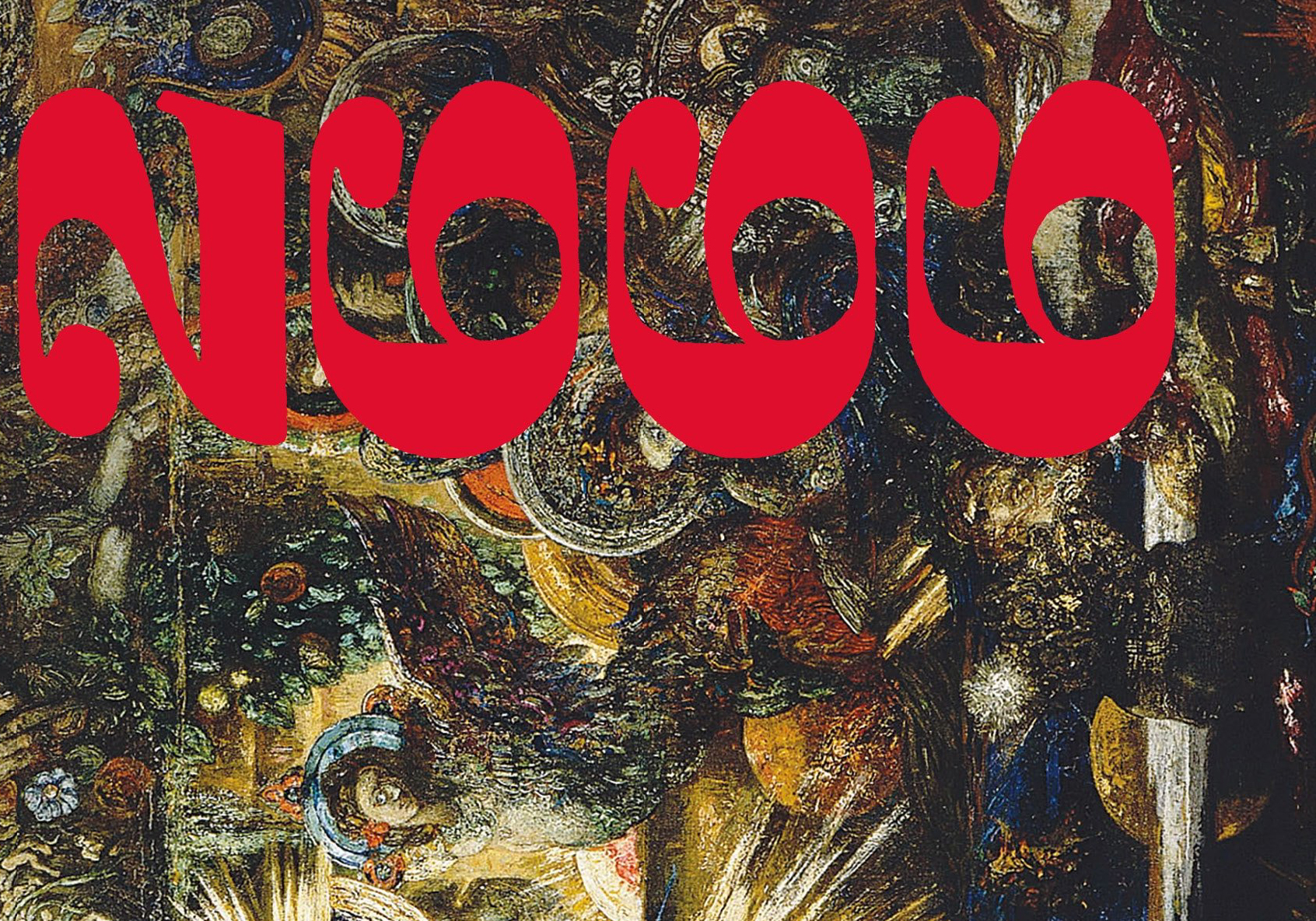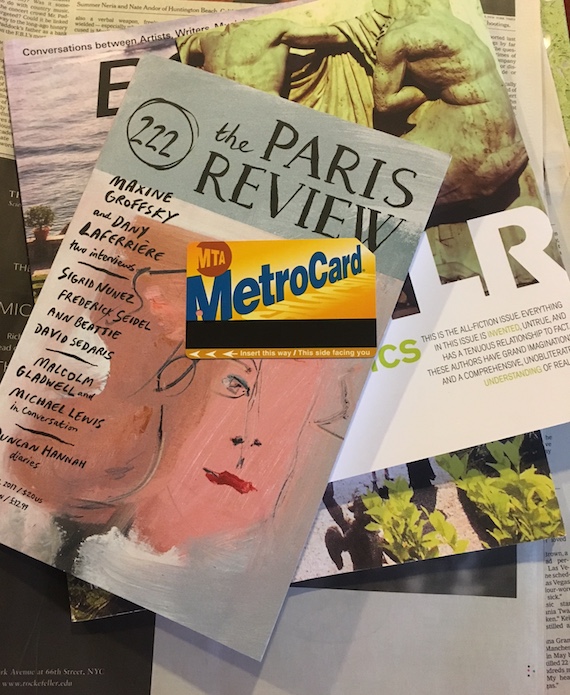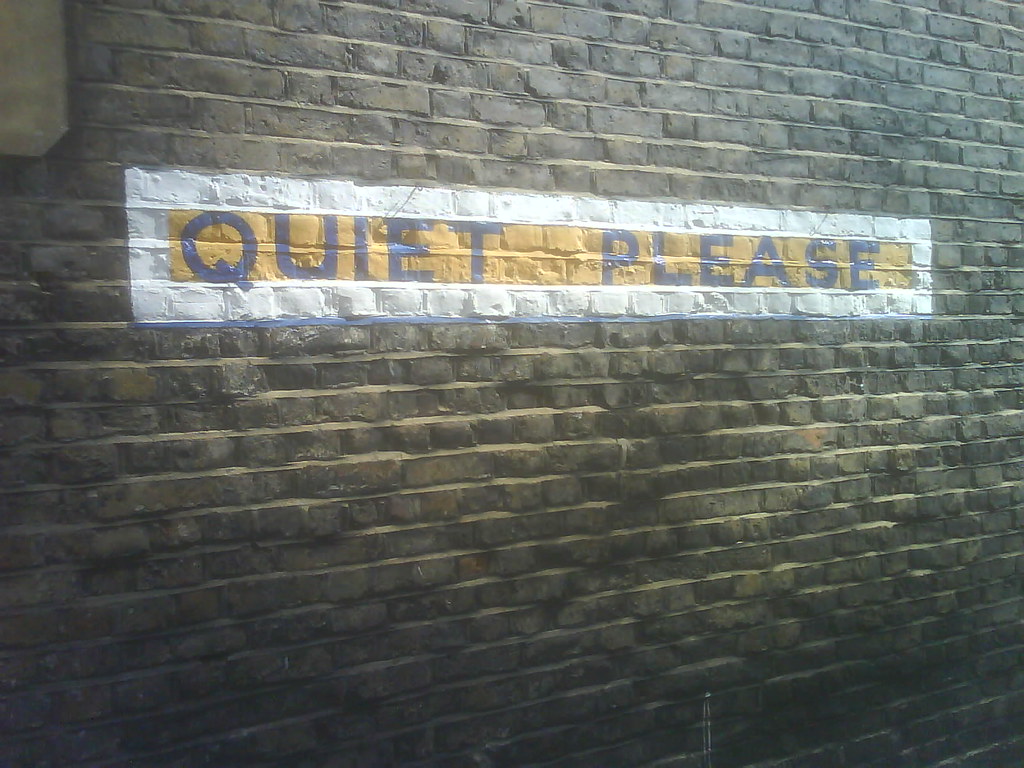A few months ago the New York Times had an article about a study that challenged the conventional wisdom that used books cannibalize new book sales (see my post about it here). Now the Book Industry Study Group has released a report that delivers some numbers on used books sales, which are famously difficult to collect. A post at the bookfinder.com journal breaks down the data, but one key point is that the majority of used book dollars go to textbooks; understandable considering what college students are expected to shell out. Another key point is this: “General used book sales account for 3% of the value of all general book sales.” That number seems awfully non-threatening to me, but as this AP story makes clear, the book industry is not worried about the total number, they are worried about the growth of general (non-textbook) online used book sales (25% between 2003 and 2004); they are worried about promotional copies getting sold on eBay or Amazon; And they are worried that the consumer book market will start to look like the market for textbooks, where prices spiral ever upward and (where applicable) new editions are released with alarming frequency in order to combat losses from used book sales. Is this the book industry’s fault for making books too expensive and not finding better ways to embrace the new economy or are Amazon and eBay destroying the book industry as we know it (and would that be a good thing?)
Used books by the numbers

Reading Roberto Bolaño’s Final Wake-Up Call
If you’re trying to decide whether or not to read Bolaño’s 900-page opus, I can only say this: it must be read, but no shame to any person who cannot.
●
●
●

Enemy of the State: A Tribute to Jamal Khashoggi
Writers, intellectuals, and journalists are not destined to be slaves or flatterers.
●
●
●

“I Could Feel the Poverty”
In a workshop, my fellow writers had said the moment wasn’t believable because “we didn’t have that kind of poverty in the United States.”
●
●
●

Remembering My Parents’ Bookshelf
Did I enjoy these books? Though they don’t interest me now, I think I did enjoy them then. I was accumulating my 10,000 hours of reading practice.
●
●
●

A Hidden Corner for the Hardcore: The New Yorker’s Summer Flash Fiction Series
The best part about The New Yorker’s summer flash fiction series is that The New Yorker did a summer flash fiction series. The worst part about The New Yorker’s summer flash fiction series is that if you blinked you missed it.
●
●
●

An Ode to Reading on Public Transit
In the past six months, I’ve finished 15 novels. My thoughts have since kaleidoscoped; my dreams have evolved; my concentration has slowly but surely fortified over time. I use social media less and less each day.
●
●
●

Imani Josey Wants to Tell Black Girls’ Stories
I’m not sure how many other black girls are on the cover of YA fantasy book series, and I’m not sure how many lead their own stories as protagonists. But judging by Lee & Low’s annual research, the number is incredibly low.
●
●
●

Don’t Talk About Your Book Until It’s Published
Am I writing a book now? That’s between me and my hypothetical manuscript. I’ve learned to keep my mouth shut, hunker down, and get to work.
●
●
●